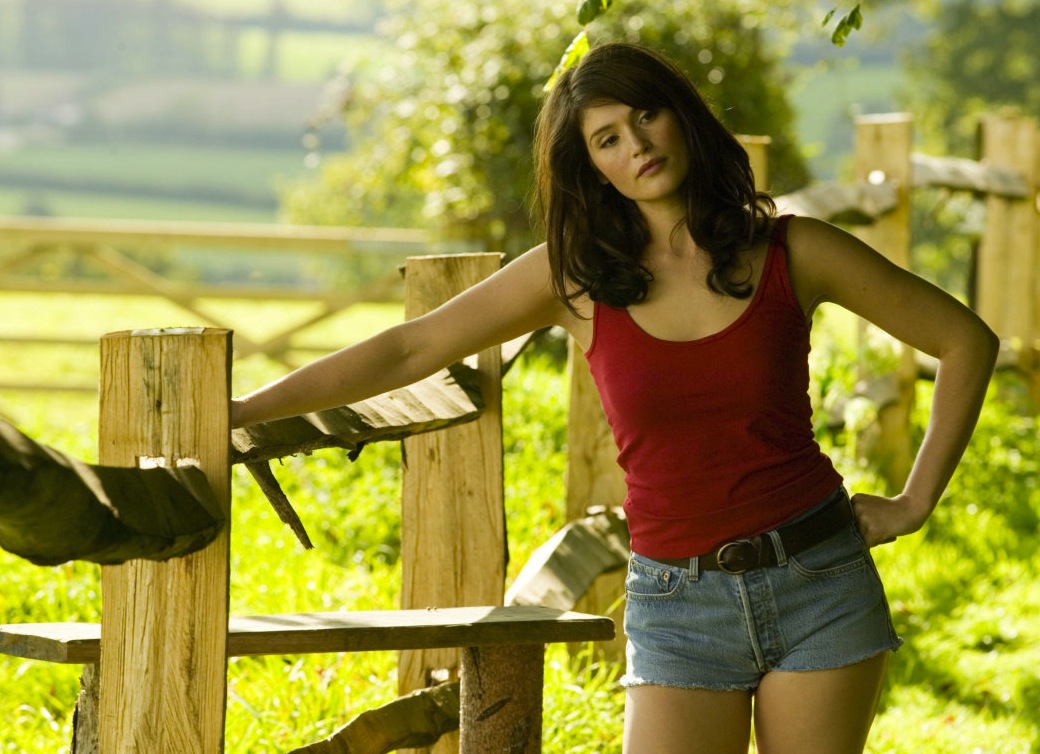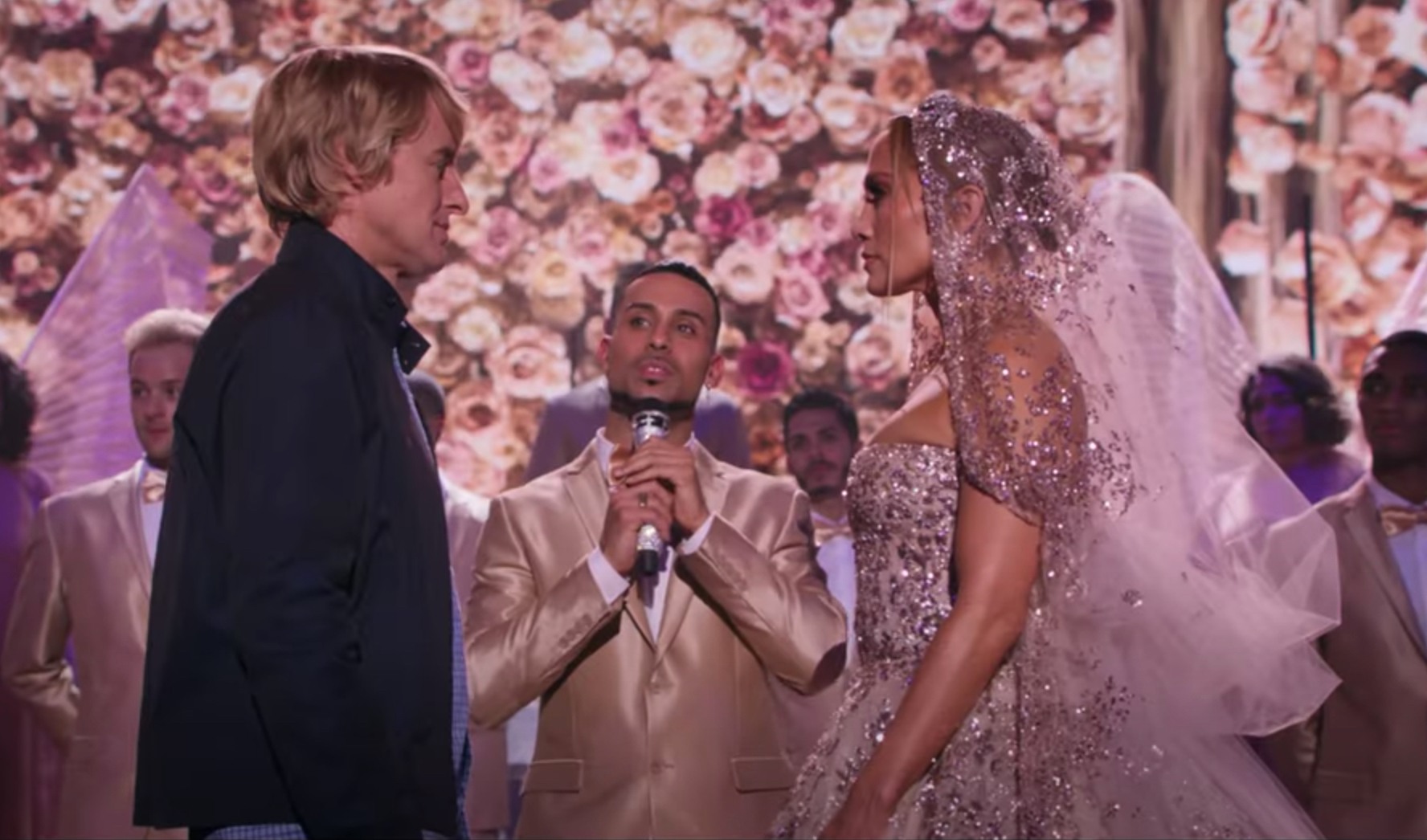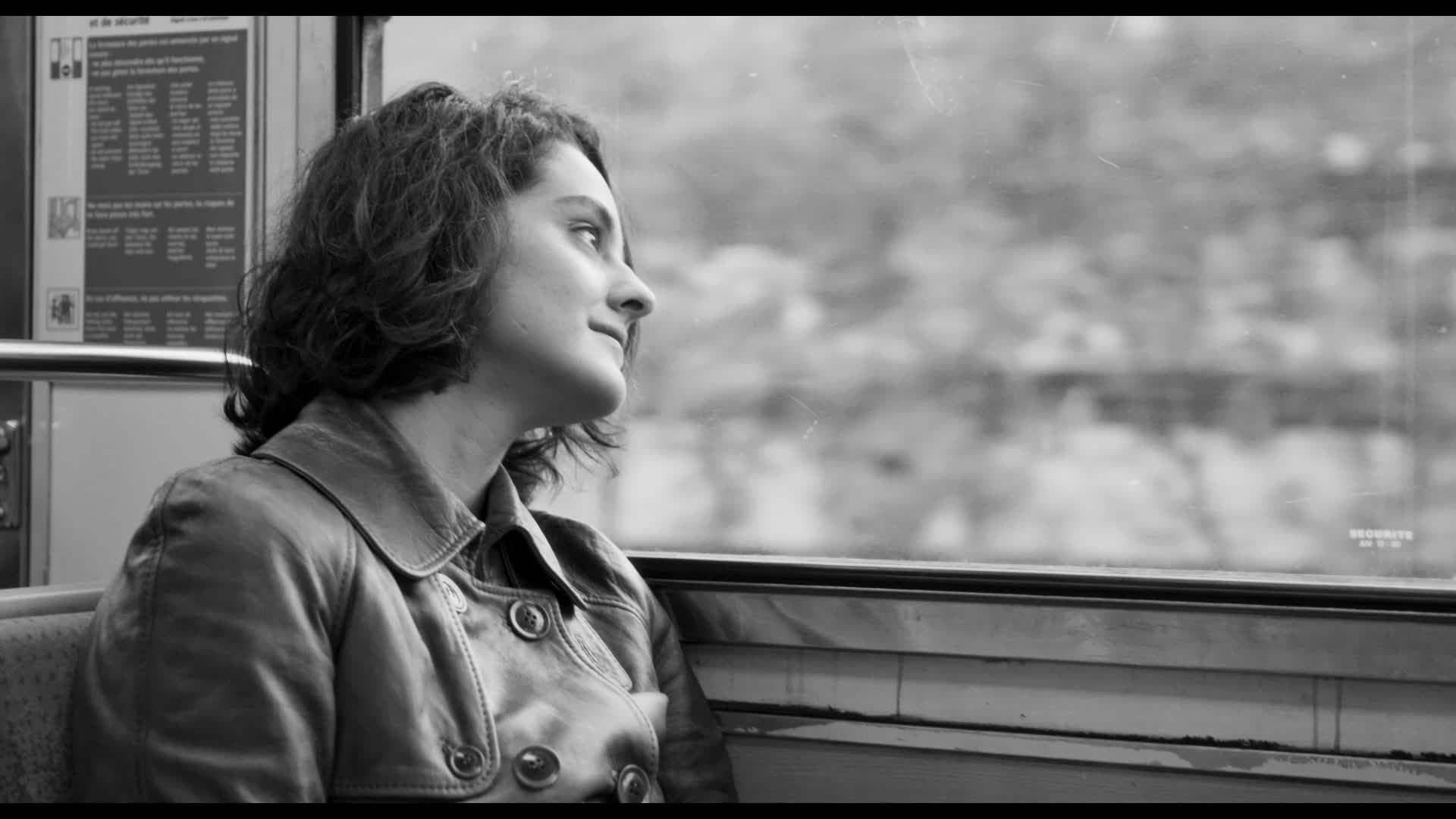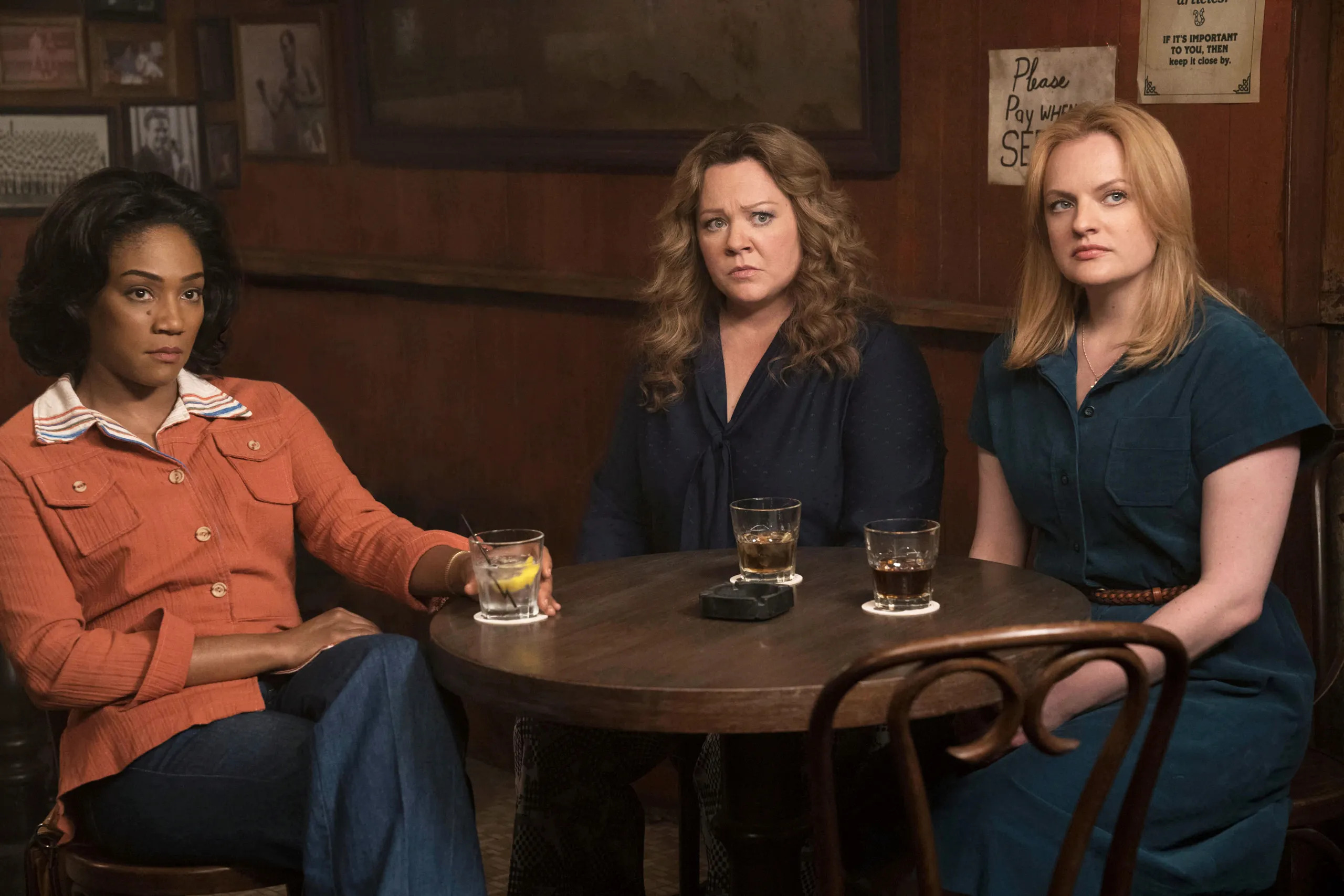Posy Simmonds’ Tamara Drewe isn’t about its title character, at least not in the way one would expect. The story revolves around her, but she’s not the main character in her own story. Everyone else has made her the main character in theirs.
The writer’s retreat, Stonefield, is run by Beth and less so by her husband, successful writer Nicholas. Hometown handyman, Andy, helps out on the farm. There’s a selection of writers, including Glen, an American. Two bored teenagers gossip and play pranks.

There are dramas (Nicholas is constantly cheating on Beth and she knows it) but it’s mostly quiet until Tamara shows up, who captures everyone’s focus.
Tamara has returned to her hometown, Ewedown, to take care of her late mother’s house and in the village, people react to her new looks (she got a nose job!) and her success as a newspaper columnist. It’s always clear we’re seeing Tamara through their eyes. She’s not the girl they knew so they don’t have reason to trust her.
Tamara has the same desires and ambitions any young woman wants — mostly career success and love. She’s only in her mid-20s so some of her naivete is understandable. While, yes, it’s easy to mock how she wants to “make it in fiction before I’m 35,” she’s someone who knows what she wants out of life.
We do see some rare scenes from only her perspective, but she’s always with someone else. Her relationship with the rock star, Ben, plays out in public more than she’d like. Tamara may have chosen a public life with her column, but that was more than she intended. It’s why she ended up with Nicholas — she wanted something that was secret.
It’s a comedy of manners and while there is some humor, it’s not the laugh-out-loud type. That works for this story, though, and Simmonds’ art is so gorgeous and kind. There’s a delicacy to her linework and she’s deft and communicating emotions through her characters’ eyes. She gives this story a genuine emotional core. Everyone, in the end, is flawed but mostly meant well.
Tamara Drewe (2010, directed by Stephen Frears) is more outright funny and satirical. It’s still gentle enough — all the characters are likable — but we’re meant to be laughing at these people.
Tamara is played by Gemma Arteton who brings the right amount of beauty and self-assured intelligence to the role. I do feel like the movie makes Tamara a bit more immature but Arteton is so winning here she’s someone I root for.
The rest of the cast is solid. I’m not sold on Tasmin Greig as a supposed middle-aged frump, but she gives Beth such sad humanity. Dominic Cooper is hilarious as rock star Ben and Luke Evans gives Andy a steely sweetness. Roger Allam works as Nicholas — someone who can rely on his charm to bring people into his orbit.
Teens Jody (Jessica Barden) and Casey (Charlotte Christie) are given more to do than they are in the book (they don’t show until the second half of the graphic novel) and while the actresses play the parts well, they do sometimes border on parody. I wish the movie had given more insight into their home lives and just how boring their town is. Of course they’re going to fixate on the recently-returned beauty and her rock star boyfriend because nothing else is happening. I don’t feel like the movie made that clear and instead, some of their antics just come across as cruel.
Tamara’s interest in Nicholas always seemed like convenience to me rather than actual desire. She was broken-hearted, he was there. The movie tries to give them more of a connection — she flirted with him as a teenager and he’s now interested in her novel — which didn’t really land with me.
I have some quibbles with other changes but it’s an adaptation so they’re minor. I do, however, feel like so much of the graphic novel took place inside people’s heads and clearly, you can’t do the same thing on film. But since the point of the graphic novel was how people perceived Tamara and what she was doing, the movie loses that aspect. It just becomes a story with Tamara as the lead character and everyone else becomes the supporting cast.
I am happy to let adaptations exist on their own terms but in this case, while the movie isn’t bad, the graphic novel is just that much better.




